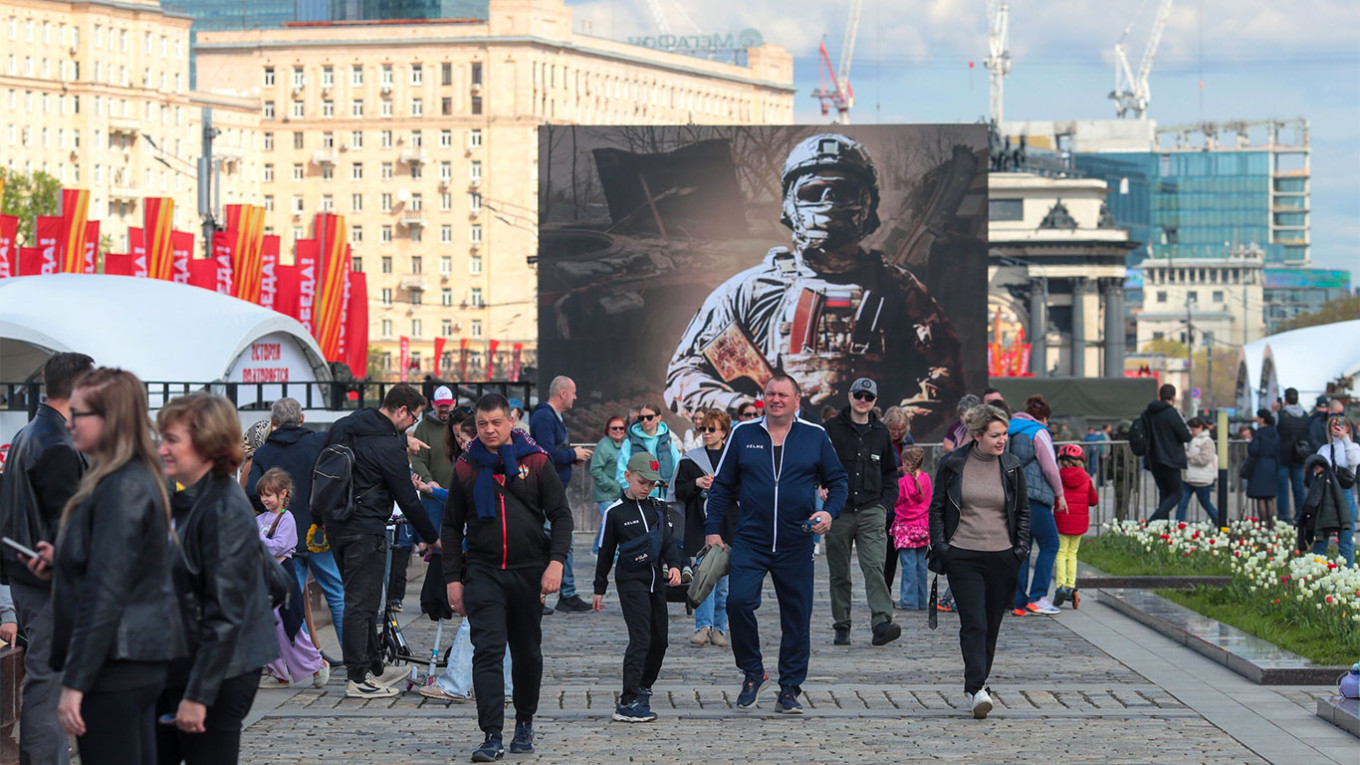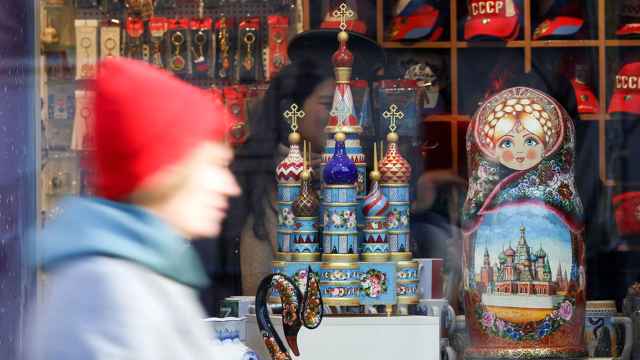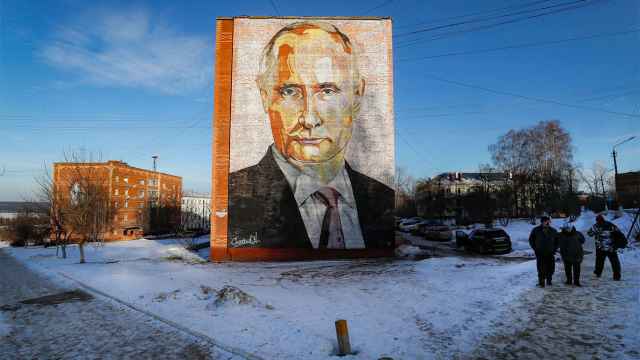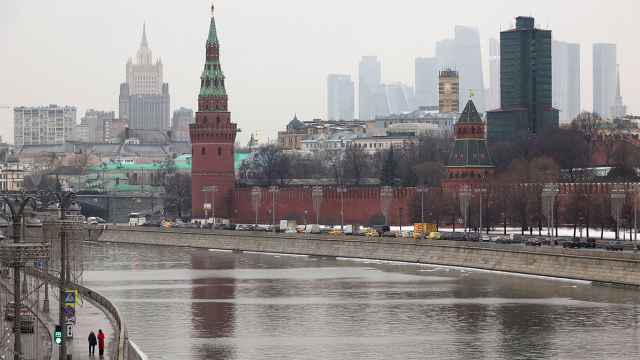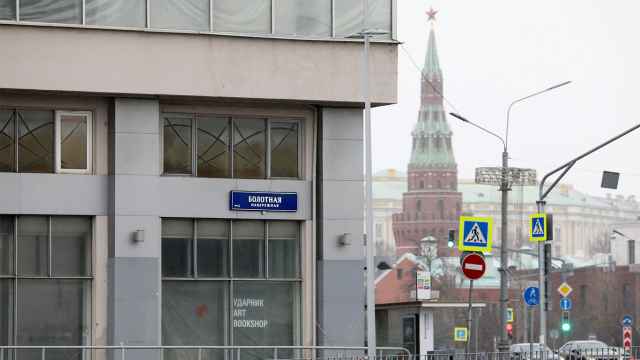The reasons for rising incomes in Russia have been well documented: a labor shortage, hefty payments to soldiers and their families, and an unprecedented level of state spending that has obliged defense sector factories to work around the clock. However, whether standards of living have actually improved is open to debate, given the record military spending, high inflation, Western sanctions, and limits on hydrocarbon exports.
The data that would normally be used to attempt to reach a conclusion should be treated with caution: Russian consumer behavior has changed too radically amid the war in Ukraine, and there are huge differences across Russian society. While the full-scale invasion of Ukraine was a major shock for the middle class, it has also channeled wealth to many people who were previously struggling to make ends meet.
The data that are available show that real incomes rose 5.8% in 2023 and at the same rate in the first quarter of 2024, according to Russia’s State Statistics Service (Rosstat). On top of that, figures from the Federal Tax Service show that the Russian state’s income tax revenues in 2023 were 40% higher than in 2021 (the lion’s share of this increase took place in 2023).
The fifteen fastest-growing regions in terms of income tax contribution (excluding the regions Russia claims it has annexed in Ukraine) include hardly any of the traditionally big donors. Instead, the top spots are occupied by regions that before the war were traditionally net recipients from the federal budget. They include the republic of Chuvashia (a rise of 56% over two years), Bryansk region (54%), Kostroma region (52%), Kurgan region (50%), Smolensk region (49%), and Zabaikalsky region (47%). There were only three regions where income tax contribution growth was under 20%.
It’s important to remember that using income tax payments to gauge standards of living means excluding a key source of wartime wealth, since soldiers’ wages and payouts in case of injury or death are not subject to income tax. However, given the growth in income tax payments (and that Rosstat assesses that 59% of incomes in 2023 derived from wages), it can be said with confidence that real incomes have risen faster than inflation since the full-scale invasion.
How are Russians spending this money? The answer seems to be that they are both spending more and saving more (a trend that the head of Russia’s central bank, Elvira Nabiullina, has described as odd). According to the central bank, the amount of rubles held in Russian bank accounts climbed 19.7% to 7.4 trillion in 2023 (nearly three times what it was in 2022), buoyed by high interest rates. In particular, there has been growth in the category of deposits worth between 3 million and 10 million rubles (both in terms of their total value and in the number of people holding such deposits). In other words, a lot of people are prepared to hold sizable sums in the bank, and they appear confident that there will be no disaster in the near future.
When it comes to consumption, the picture is extremely varied. Consumers operate within certain limits: for example, Russians aren’t going to Europe because air transport links were severed at the start of the war, and it’s hard to get a visa. It’s also difficult to buy a car: not everyone wants a Chinese-made vehicle.
However, there are two spending trends that suggest at least some consumers have money to burn. Firstly, demand continues to grow for mortgages (the total value of mortgages held in Russia grew 34.5% in 2023). This growth has mostly been driven by state-subsidized mortgage programs. And demand showed no sign of slacking in the first four months of 2024. Many Russians have enough savings to put down a 30% deposit on a property (the average initial deposit), and are happy to take on twenty-year mortgages, suggesting they are counting on continued state support.
The second trend is the booming gambling market. The income of legal bookmakers rose 40% in 2023, and active gamblers (those who bet at least once a week) numbered some 6.6 million people. In total, more than 15 million people gambled (about one in seven Russians over the age of 18) over the course of the year. At the same time, inflation means the size of the average bet is growing. Current trends have even led to calls to raise the legal limit on a single bet from 600,000 rubles to 1.4 million rubles.
Among those who are “winning” from the current situation are the millions of Russians in blue-collar and gray-collar jobs. Some of the most in-demand wartime professions are: milling machine operator, machinist, welder, weaver, and garment worker. While there are some regional differences, the wages of the men and women working in these professions have more than tripled and in some cases quintupled. Weavers, for instance, were paid between 18,000 and 25,000 rubles per month in December 2021 (about $250–350 back then), whereas now they can get 120,000 rubles ($1,300).
Another good example is couriers and drivers. Long-distance truck drivers now get an average of 180,000 rubles a month (up 38% year-on-year), while couriers can earn up to 200,000 rubles a month. For comparison, President Vladimir Putin recently signed a decree raising the monthly payment to members of the Russian Academy of Sciences—the country’s leading academics and researchers—to 200,000 rubles from next year.
From even this brief analysis, it’s clear that the main financial beneficiaries of the war in Ukraine (excluding security officials and soldiers) are those whose professions were long considered low paid and low status. Now they enjoy high salaries and a surfeit of attention from both employers struggling to fill job vacancies, and the state as a whole.
More money in their pockets makes these people — who are not accustomed to self-reflection and who do not have easy access to independent sources of information — even more susceptible to propaganda. Putin’s public image provides them with a comforting feeling of stability, and a sense that their leaders are making the right decisions. It’s unsurprising that the level of support for the Russian regime among these groups is only growing.
This article was originally published by the Carnegie Russia Eurasia Center.
A Message from The Moscow Times:
Dear readers,
We are facing unprecedented challenges. Russia's Prosecutor General's Office has designated The Moscow Times as an "undesirable" organization, criminalizing our work and putting our staff at risk of prosecution. This follows our earlier unjust labeling as a "foreign agent."
These actions are direct attempts to silence independent journalism in Russia. The authorities claim our work "discredits the decisions of the Russian leadership." We see things differently: we strive to provide accurate, unbiased reporting on Russia.
We, the journalists of The Moscow Times, refuse to be silenced. But to continue our work, we need your help.
Your support, no matter how small, makes a world of difference. If you can, please support us monthly starting from just $2. It's quick to set up, and every contribution makes a significant impact.
By supporting The Moscow Times, you're defending open, independent journalism in the face of repression. Thank you for standing with us.
Remind me later.



